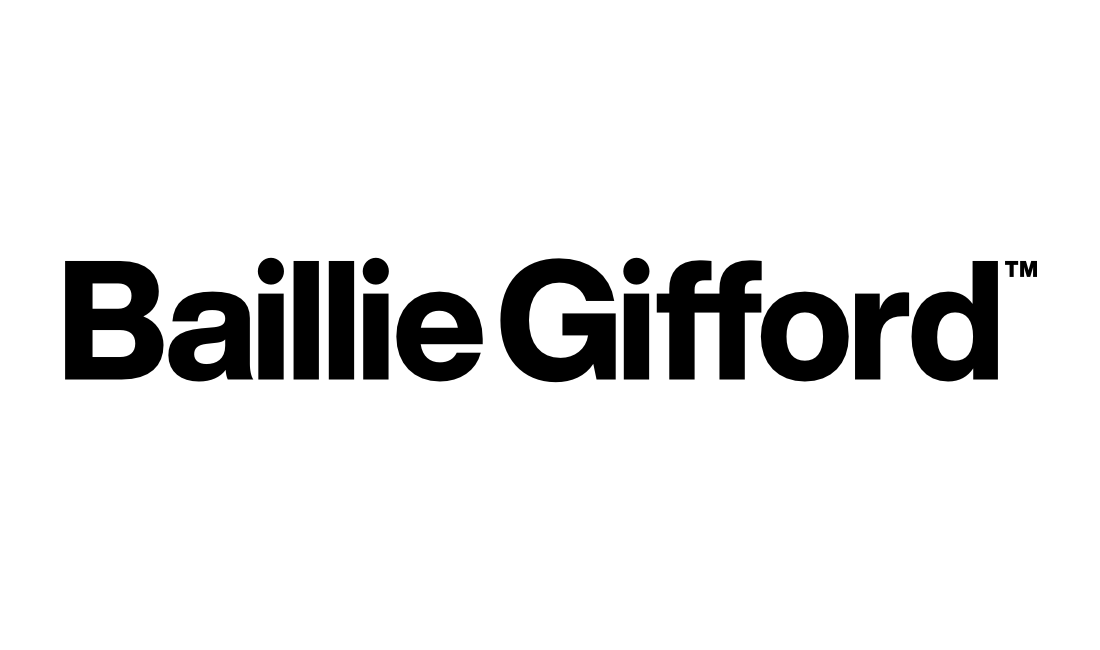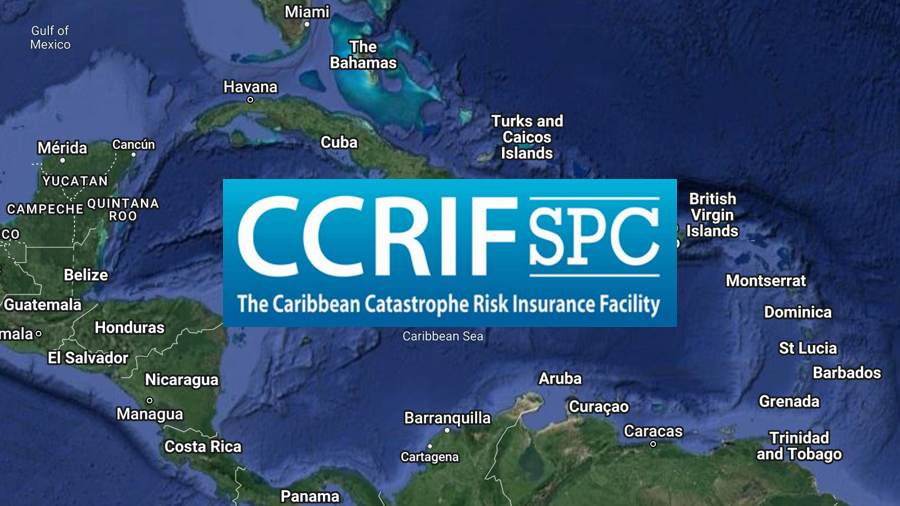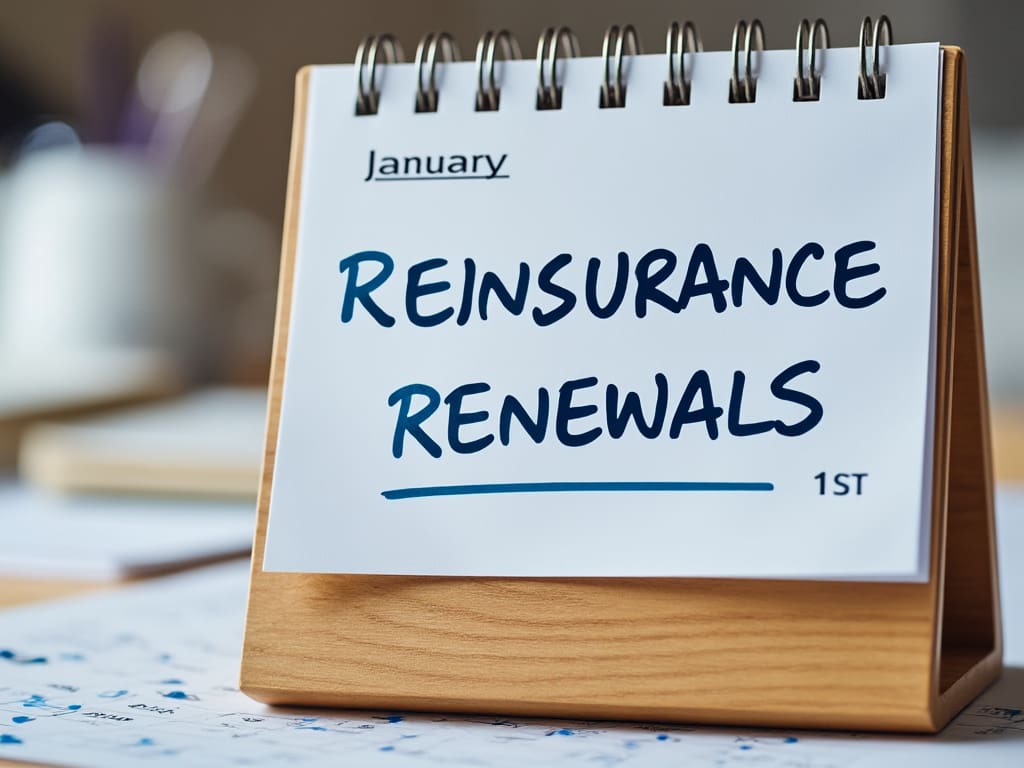According to James Squires, Head of Multi Asset and Partner at Baillie Gifford, the risk-based premium structure of insurance-linked securities encourages important mitigation and resilience measures by communities, governments, and insurance providers.
 In a report focusing on the resurgence of the ILS market in recent years, Squires highlighted how this financial instrument can mitigate the negative consequences of natural catastrophes by contributing to rebuilding societies and improving their long-term resilience.
In a report focusing on the resurgence of the ILS market in recent years, Squires highlighted how this financial instrument can mitigate the negative consequences of natural catastrophes by contributing to rebuilding societies and improving their long-term resilience.
Independent investment manager Baillie Gifford has been investing in catastrophe bonds and ILS for a number of years, using them within certain of its multi-asset and diversified investment fund offerings.
As per Squires, ILS is designed to address the lack of availability and affordability of insurance coverage for individuals and businesses and to “provide a stabilising force” for communities.
“Planning for these risks and recovering from such devastating events by directing capital to policyholders in times of need mitigates several of the adverse social and health impacts of disasters, accelerates reconstruction efforts and expedites a return to normality,” he explained.
Squires continued, “At the same time, the risk-based premium structure that comes from these capital market instruments encourages important mitigation and resilience measures by communities, governments and insurance providers.
“These may include improving knowledge of climate risks through better risk modelling, upholding and raising building standards in imperilled areas, and retrofitting properties.”
Meanwhile, as the changing climate drives higher demand for insurance, well-constructed reinsurance contracts reportedly offer opportunities for good risk-adjusted returns, creating investments that can genuinely benefit both investors and the communities they help protect.
Looking at the ILS market as a whole, Squires observed that over the last few years, Baillie Gifford has witnessed said opportunities pick up meaningfully.
“While normally flying under the radar, the asset class has attracted the attention of mainstream media outlets such as Bloomberg and the Financial Times, highlighting the high yields and returns on offer,” he said.
Many of the “tourists” who had come into the market post-2012 have reportedly exited the market, disappointed by not making the returns that had enticed them.
“At the same time, insurers have found their capital more stretched by increasing losses from insurance claim events, including Hurricane Ian hitting Florida in 2022, several substantial wildfires, tornadoes/severe thunderstorms, and earthquakes in the Middle East,” Squires noted.
According to him, these losses have been an aggregation of many smaller events rather than one or two big catastrophes, but have contributed to four consecutive years in which global insured losses have topped $100bn.
“This increasing cost from smaller-scale high-frequency events is an expected consequence of climate change. It has sapped re/insurer balance sheets and seen premiums rise and terms harden across the industry,” Squires added.
He went on, “However, investors have benefited from this as ILS yields have risen and have been further boosted by increased cash rates (since ILS are generally structured as floating rate notes).
“Catastrophe bonds issued over 2023 averaged a premium of 8.6%, the highest in ten years, according to data from global reinsurance consultancy Lane Financial. Coming on top of US cash rates of more than 5% made for a nearly 14% yield. That compares to issue yields in 2021 of barely 6%.”
Squires joined Baillie Gifford in 2006, initially working in its North American Equity and Fixed Income teams.
He has been a CFA Charterholder since 2010 and, as mentioned, is head of the Multi Asset Team and chairs Baillie Gifford’s Multi Asset and Income Leadership Group. He became a partner in 2018.

















)



 English (US) ·
English (US) ·